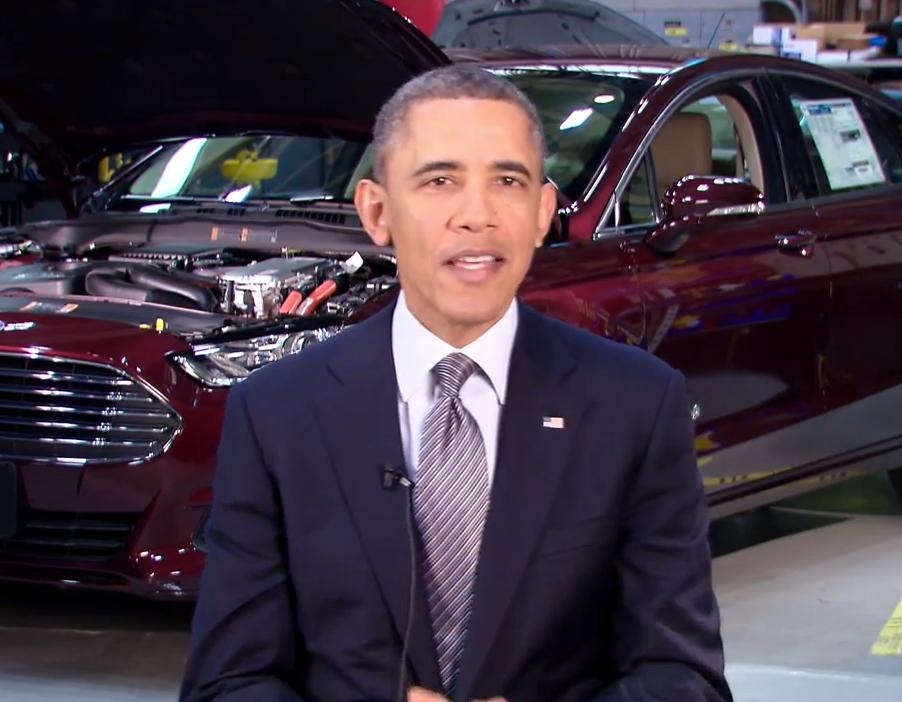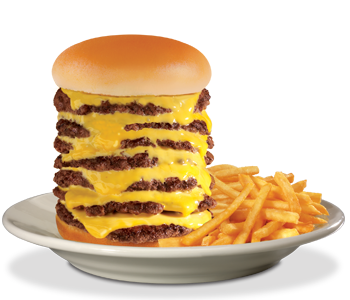Social engineer/Mayor Michael Bloomberg is always trying to mess with our relationship with food (with the best of intentions, of course). He doesn’t always succeed; his proposal to limit the size of sugary, sugary drinks got shot down, for instance. But another idea that his Health Department dreamed up could actually work to get people to eat more healthily. They want to offer not just calorie counts, but calorie counts AND information about the exercise you’d need to do to burn them off.
In a recent study, researchers looked into this idea by showing survey participants one of four menus. Each showed either:
- no nutritional info
- calorie count
- calorie count + distance to walk the meal off
- calorie count + time to walk the meal off
Participants viewing the menu with the least information ordered the most calorific meals. Participants viewing the menu that listed calorie count, plus distance to walk the meal off, ordered the least calorific meals — the average came in about 200 calories less. Calorie count alone and calorie count + time came in about the same, right in the middle of the other two.
And as Scientific American reports, these little changes do make a big difference to health outcomes:
Although a difference of 200 or even 100 calories might not seem large, a 2011 study from researchers that included scientists at the National Institutes of Health calculated that eating just 10 fewer calories a day would make a person shed a pound of weight over three years.
Researchers’ next step is to try out this system in the real world. I’d like to see what happened if this information showed up on web delivery services like Seamless: I’m willing to bet that people would either order meals with fewer calories and get them delivered or order meals with more calories and pick them up themselves.



